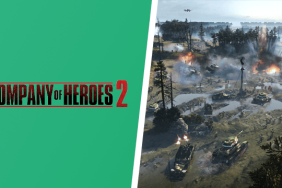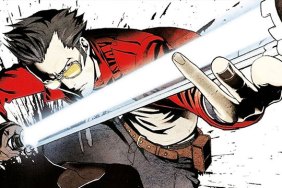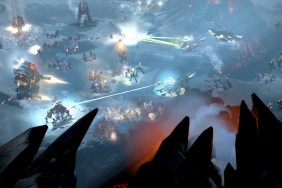With Company of Heroes 2, Relic continues to look to the past while moving the RTS genre forward.
War is hell—a logistical, tactical, and psychological nightmare that tests human endurance on every conceivable level.
That being a given, it's not so hard to understand why most real-time strategy games have distanced themselves from the real thing, both thematically and mechanically. Prevailing industry wisdom states that games should be entertaining and simple to grasp, rather than demanding and complex. And while there's plenty of examples throughout gaming history to back that wisdom, there are those that successfully challenge it, and in so doing, move a genre forward. Relic Entertainment is one such company, and their reverence for real-life history has been integral to the success of their Company of Heroes franchise, which has evolved the RTS genre far beyond the roots its clung to so dearly for so long.
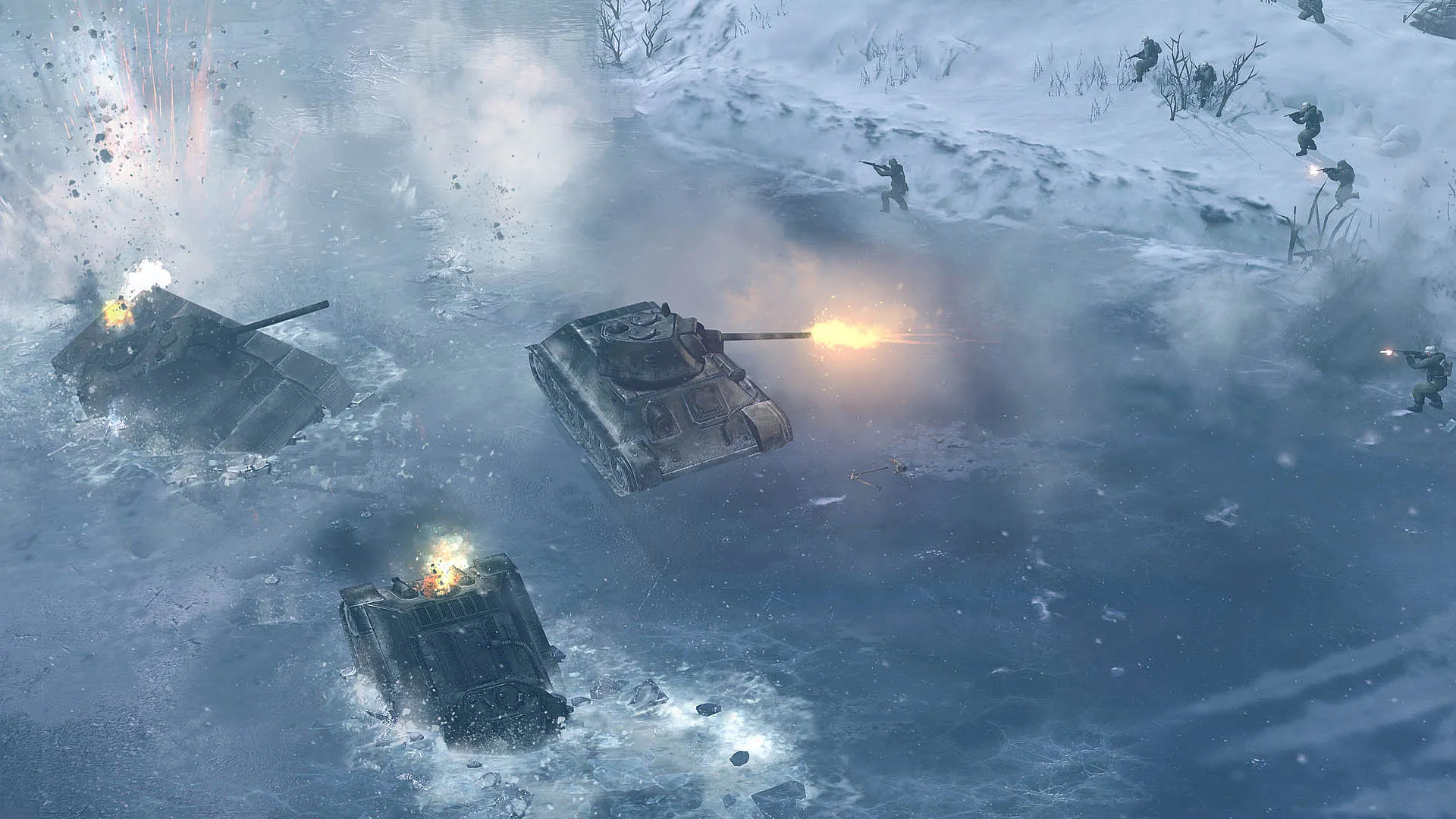
It's not as if those roots are rotted or corrupt or anything though. The same traditions originally founded by Command and Conquer continue to produce quality, enjoyable RTS titles, even if they don't resemble actual armed conflict in any substantial ways. Soldiers are magically spat out in large numbers from mysterious people-factories, bought and paid for by some fictional resource that conveniently exists in large pockets wherever your starting base is built. Heavily armored units fall to swarm-like deathballs of lesser units, each of which are individually disposable, and of no more worth than than the cost to build them. Though the most finely tuned of these games get played professionally the world over for incredible sums of money, they can sound so silly and simplistic when compared to the complexities of war.
And to that, many might say “so what?” After all, realism has been giving way to “fun” for as long as video games have been around. But where other devs see authenticity as an obstacle, Relic sees it as an opportunity, and you'd be surprised to find out where the line between the real world and the virtual one falls in Company of Heroes. We have all these ideas about how engagements should go in these games, ideas shaped and solidified by nearly two decades of C&C and Starcraft. For instance, armored units aren't supposed to fall from the sky on command. Or aren't they?
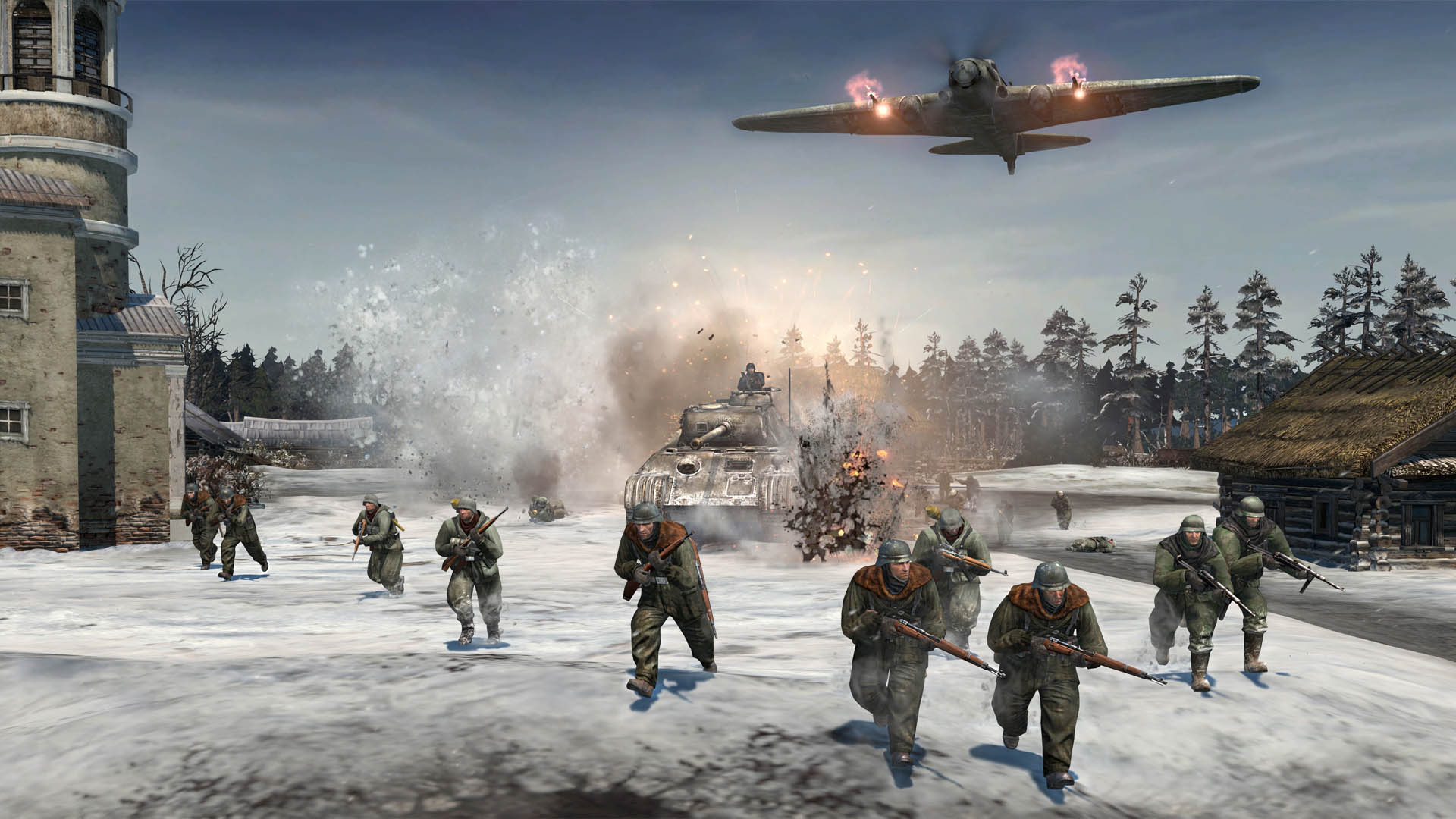
Lets take a look at Company of Heroes: Opposing Fronts, where the British 2nd Army was offered as a playable faction. I remember choosing the Royal Commando tree and rolling my eyes the first time I saw the option to have a glider drop a Tetrarch light tank on the battlefield for me. Despite how preposterous the concept seemed, I found them to be extraordinarily effective and fun to use as fire support tools for outgunned infantry units. Apparently, I missed my calling as a World War II general, because the real life Mk VII Tetrarch was used in exactly this way by the British 1st Airborne Division during Operation Tonga, when it dropped 20 of these light tanks into Normandy by hamilcar glider in June of '44.
Wooden gliders with tanks in them? Sounds like video game nonsense to me. And yet the only RTS game that has them is the one most caught up with historical accuracy. Go figure.
Another assumption we make is that anything can damage anything, especially when you've got superior numbers on your side. But in Company of Heroes, a tech advantage is a tech advantage, and you get exactly the edge you pay for. The hierarchy of tank dominance in Company of Heroes 2 is a great example of this concept.
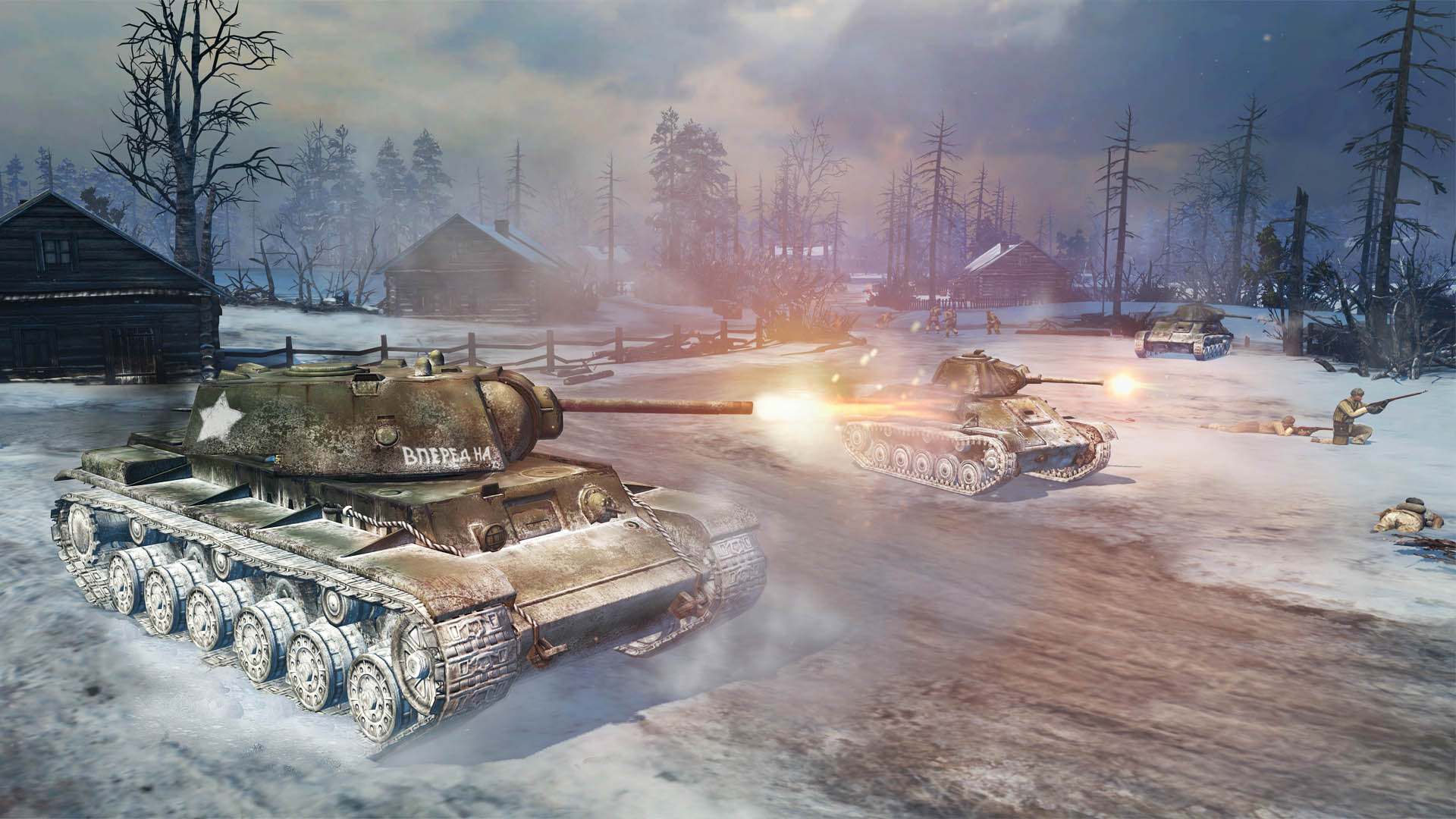
The Russian T-34/76 is a legendary piece of hardware, perhaps the most significant main battle tank (MBT) in the history of warfare, and in-game, there is no number of standard infantry or MG teams that can take one down. Small-arms fire rolls off its front and side armor like water off a duck's back. With such raw power and survivability, genre-logic dictates that it should stand a chance in any fight. So I could imagine a player's surprise when three or more of their T-34's get completely aced by a German PzKpfw VI, known more colloquially as the Tiger, with little more than a scratch to show for it. But if you think the Tiger sounds overtuned, I can't imagine how you would have felt during the Battle of Kursk, when a single PzKpfw VI destroyed over 20 T-34's and forced another 30 to retreat after their combined firepower proved unable to penetrate its front glacis armor from any range or angle. Real life is so imba!
Of course, unkillable tanks aren't any more interesting than one's that can be focus-fired down by a handful of marines, but the Tiger, like its real-life counterpart, is far from invincible. At the very least, infantry upgraded with DP-28 light machine guns can spray it down to force the tank crew to close all the hatches (known as buttoning up), drastically reducing the tank's accuracy, mobility and field of vision. Luring it over an anti-tank mine works well too, but if all else fails, you can just do exactly what the Russians did: suicide-ram their beloved T-34's right into the German behemoths. It's a maneuver just crazy enough to be in a video game, and yet, if the Soviets hadn't resorted to it during WWII, I'd probably be writing this feature in German.
When you look at other genres, particularly ones that have some basis in reality (sports, racing, etc.) there's an observable trend towards making the experience richer by taking concepts from the real thing and translating them into engaging features or in-game mechanics. And yet, RTS games have largely resisted this evolution, despite calling the most enthusiast-centered platform home since the genre's inception. In fact, if not for Relic, we'd have little choice but to attack-move our blob of units to victory ad-nauseum. It seems so strange that IP's with their own, unhinged fictions should offer so much less, tactically speaking, than titles that plant their feet so firmly in reality. At least where Company of Heroes is concerned, truth really is stranger than fiction, and I hope to see more companies mining the depths of the past in order to give the RTS a more interesting future.







